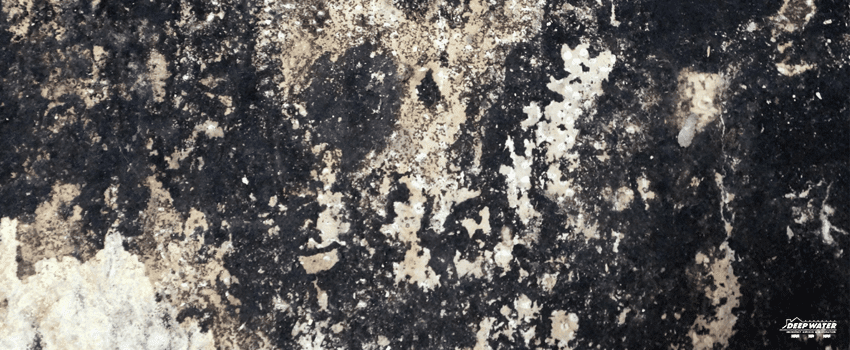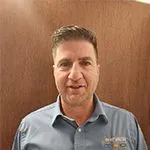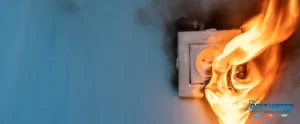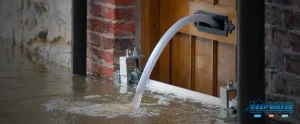Molds are known to grow in any part of your home where there is moisture, oxygen, and poor ventilation. Its spores can grow indifferent conditions, including cold temperatures, and while a few types hardly cause much harm, there are others that should not be allowed to thrive, namely the allergenic, pathogenic, and toxigenic varieties.
Allergenic molds are those that trigger allergic reactions, often in those suffering from asthma. Pathogenic molds, meanwhile, can cause infections in people who are generally healthy, and the toxigenic types are those thatproduce toxic or dangerous substancesthat can lead to severe health problems. This includes the dreaded black mold.
What Are Black Molds?
Stachybotrys chartarum, commonly known as black molds, grows in damp areas and is usually slimy with either a blackish or dark greenish color. It can be found in cellulose materials like paper, wood, cardboard, and hay.
The dangers associated with this mold type lies in its spores. These produce a toxic substance called mycotoxin. Exposure to the substance can cause fatigue, sneezing, coughing, nasal congestion, eyes, throat, and nose itchiness, as well as dry and scaly skin. Other known symptoms of black mold exposure are fever, nose bleeding, pain in the mucous membrane, breathing difficulty, and a burning sensation in the airways.
The mold has also been linked to several neurological conditions and pulmonary hemorrhage incidences in infants. If you have children at home, it’s best to move them temporarily to a safe place until the process of removing the mold is completed.
DIY Black Mold Removal: Why You Should Not Do It
Other than health issues, black molds should not be removed using the DIY method because of the following reasons:
1. It could worsen the situation.
Black mold releases toxic spores, which can spread quickly if not handled properly while removing the fungus. This can cause the mold to start appearing in different areas of your home.
2. The wrong equipment could be used.
In handling toxic molds, specialists use different mold removal equipment, such as air filters, containment systems, and personal protection gear. These are standard tools that only mold remediation experts have access to. If you use other equipment in removing the fungi, you are not only exposing yourself to unnecessary risks, there’s also the danger that the infestation will not be resolved.
3. DIY could overlook other hidden contaminants.
Molds grow in unexpected places, such as shower heads, air vents, and in damaged walls. Removing them on your own might appear to be easy, but it’s not. Molds can contain harmful substances that you can’t readily identify. Thus, you could end up showing the common signs of mold exposure without being aware of them.
4. Mold regrowth can happen after a few days.
DIY mold removal often involves cleaning only the infected area. This is hardly enough if you want to get rid of the fungi. The source has to be identified if you want to avoid the possibility of a recurrence. Nothing can be worse than having amold regrowth at home, but this can happen if you just dust off the fungi. To prevent this from happening, allow professionals to perform mold remediation services.
5. DIY mold removal is a dangerous undertaking.
Taking matters in your own hands when it comes to black mold removal is a dangerous decision. It will involve breathing in mold spores which can be harmful, especially when these are inhaled in large amounts. This can cause wheezing coughs and trigger asthma attacks in those suffering from the condition.
Containment is a cleaning process commonly used bymold removal professionalsto keep spores from spreading while they complete the work. It involves sealing off the affected area and using the appropriate equipment so mold spores are effectively stopped from spreading.
How To Prevent the Growth of Black Molds
Molds, regardless of the type, are best handled by a trusted mold removal company. Nevertheless, there are several practical tips you can consider so these fungi are prevented from growing. These include the following:
1. Keep humidity low.
One effective preventive measure you can take to keep yourself from unnecessary black mold exposure is to maintain low home humidity. According to the Environmental Protection Agency (EPA), the ideal indoor humidity level is below 60 percent, specifically between 30 and 50. At this level, mold spores won’t get enough moisture that will enable them to grow.
2. Ensure sufficient air flow.
Invest in quality ventilation systems that will provide you with adequate air flow. When you have proper ventilation, humid air does not get trapped indoors. This also reduces excessive moisture from developing in your property.
3. Fix all leaks.
Another good way of preventing black mold from growing is by ensuring that your plumbing is in good working condition. Leaks in your roofs, ceilings, and walls should be repaired right away. This does not only help you keep molds from infesting your home, it also prevents premature plumbing deterioration.
4. Use mold inhibitors.
Add these on painted surfaces, preferably while your home is being constructed. Mold inhibitors are additives that can help reduce the proliferation of mycotoxin-producing molds. They can also be considered If you have plans of renovating your property.
Key Takeaway
When it comes to molds, many people hardly take the time to find out what type they have in their homes. They just see these as something that has to be removed since they can be an eyesore. This is a risky decision as there’s always the possibility that you could be dealing with black molds. These are the dangerous mold types, and getting exposed to them can lead to serious health problems.
Given their inherent risks, it’s best to have the fungi removed immediately so you won’t have to deal with the common symptoms of black mold exposure. When doing so, refrain from taking the do-it-yourself or DIY route as this is largely ineffective. Getting rid of different types of molds is not something you should do on your own. The better option is to get the services of a reputable mold remediation company.
Let Deep Water Emergency Services and Mitigation help you resolve your mold problems.
Molds are serious home threats that must be resolved with utmost precision. Handling them alone can quickly turn the situation into a major disaster. Prevent this from happening by getting in touch with Deep Water Emergency Services and Mitigation.
We provide to-notch mold removal services and our highly-trained team that handlesmold mitigation in Denver, CO, can be reached anytime you need help. Call us today.






